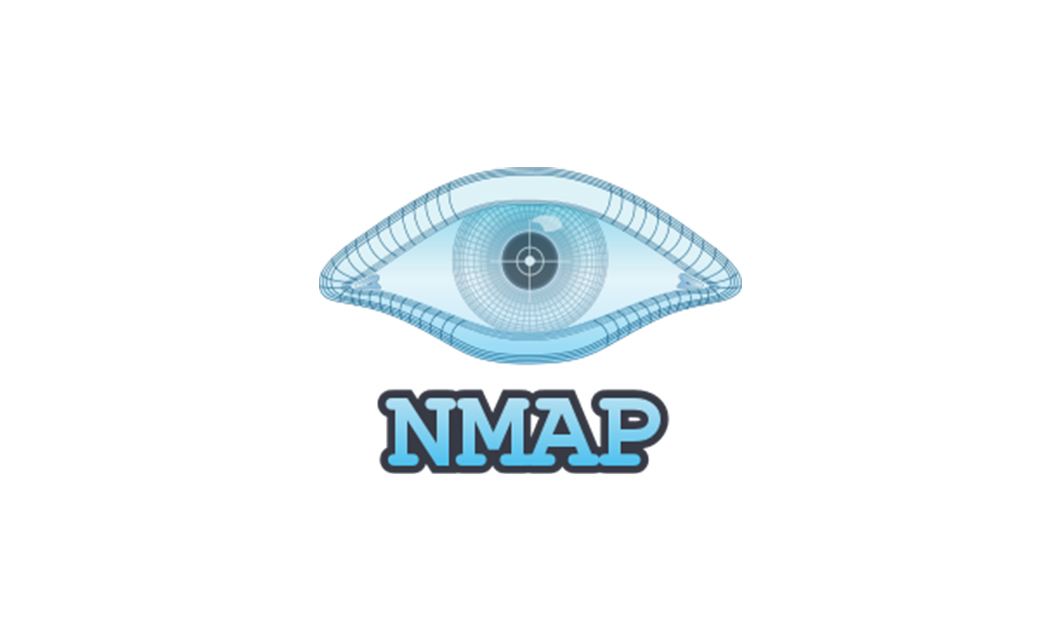Copyright @ 2025 Global Cyber Alliance | Sitemap
Access the Tool:
Additional Information
Sign up required to access tool: No
Link to support page: Various options via the website, recommended to sign up for updates
Link to GCA Community Forum: https://community.globalcyberalliance.org/tags/c/cybersecurity-toolbox/know-what-you-have/nmap
Additional Notes: Link to Zenmap which is the official Nmap security scanner graphical user interface: https://nmap.org/zenmap/

